(Application period ended)
The prolonged crisis is severely affecting the cultural sector. The Finnish Cultural and Academic Institutes exist to promote international mobility, visibility and collaboration of Finnish art, culture, and science. To that end, we are launching an open call for Finnish and Finland-based artists, artists groups and their international collaborators.
TOGETHER ALONE 2.0 – OPEN CALL
The Institutes are seeking artistic proposals related to the themes of resilience in the face of the pandemic, radical change, societal innovation, inclusive and accessible art practice. We encourage collective and socially responsible and collaborative projects that are developed with minorities and/or underrepresented communities to apply.
Take a look at the chosen projects.
The project will also act as a documentation of the crisis and gives the artists an opportunity to reflect it through the arts. We will favour projects that create templates and best practices that can be replicated in different environments and with different participants.
The application is open to all Finnish and Finland-based professional artists, artists groups and their international collaborators. The Institutes will commission projects from selected artists or artistic groups to be completed by 31 December, 2021. A digital, and, restrictions permitting, partly physical festival will take place in early 2022.
The total grant of an individual project is between 5000 € – 9000€ (including work compensation and all expenses).
With ‘Together Alone 2.0’ we want to give a platform and encourage professionals to consider new ways of operating in a situation where mobility and physical contact are not possible. The project’s compatibility to a diverse international distribution is considered an asset.
The projects can take place or be available on the artist’s website, on a public web platform, on Youtube or on an alternative platform with a reach to wide audiences. The implementation of the project must comply with the national law concerning accessibility of digital services.
The medium and the format of the end result are not restricted. The Institutes will include the chosen projects as part of their official programmes, and they will be available for all the institutes worldwide. The artist will retain the copyright of the work.
Additional application criteria
The projects must be carried out according to prevailing Covid-19 restrictions, guidelines and recommendations.
The open call encourages international dialogue, inclusivity and creativity beyond national borders. Communal, innovative and experimental approaches are encouraged.
Application form
For your budget, please use the Budget Template attached here.
Send your applications by the end of 11.5.2021 by 16.00 (Finnish time, GMT+2).
The choice of projects will be made by a panel of experts from the Finnish Cultural and Academic Institutes by the end of June 2021.
Please send enquiries by email to:
director Laura Hirvi, laura.hirvi@finstitut.de
director Jaakko Nousiainen, jaakko.nousiainen@fininst.uk
director Pauliina Ståhlberg, pauliina.stahlberg@madrid.fi
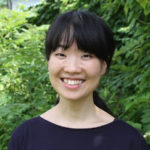
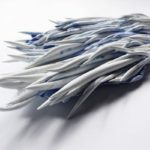

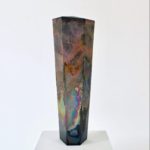
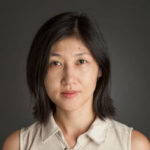
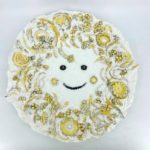
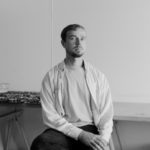
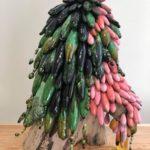
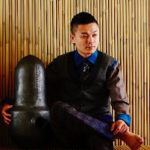
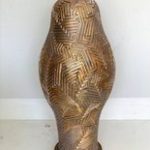
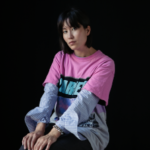
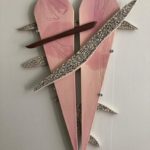
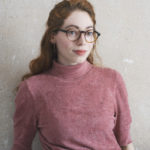
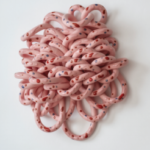
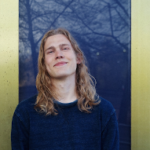
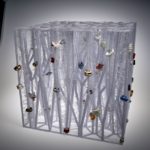
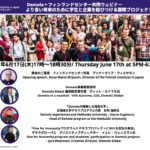
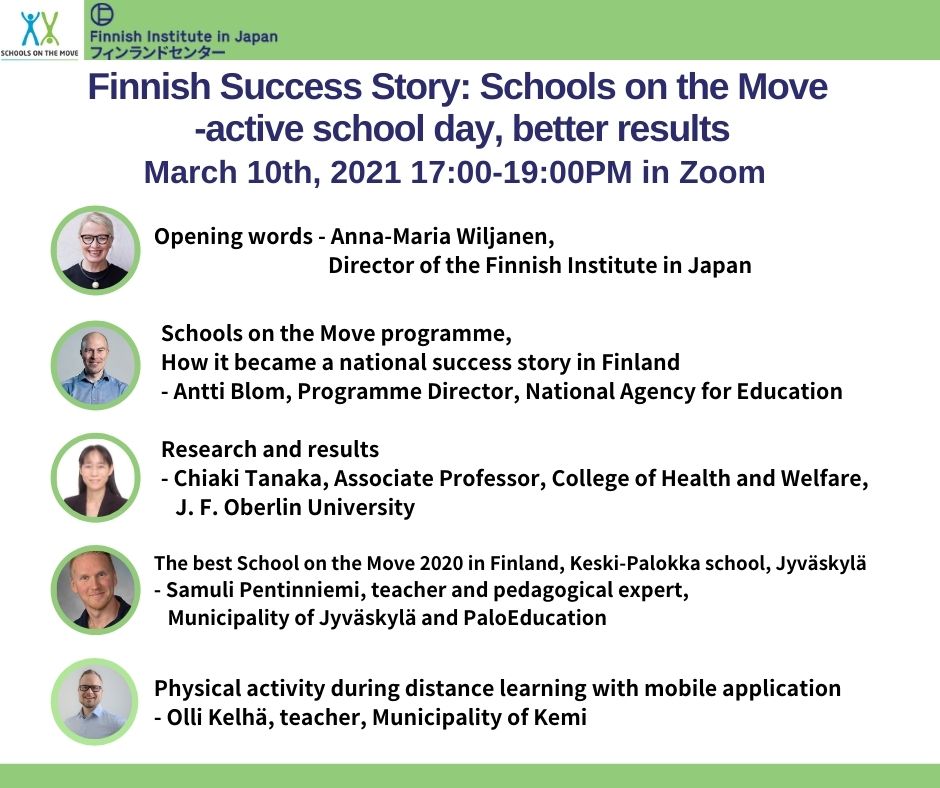
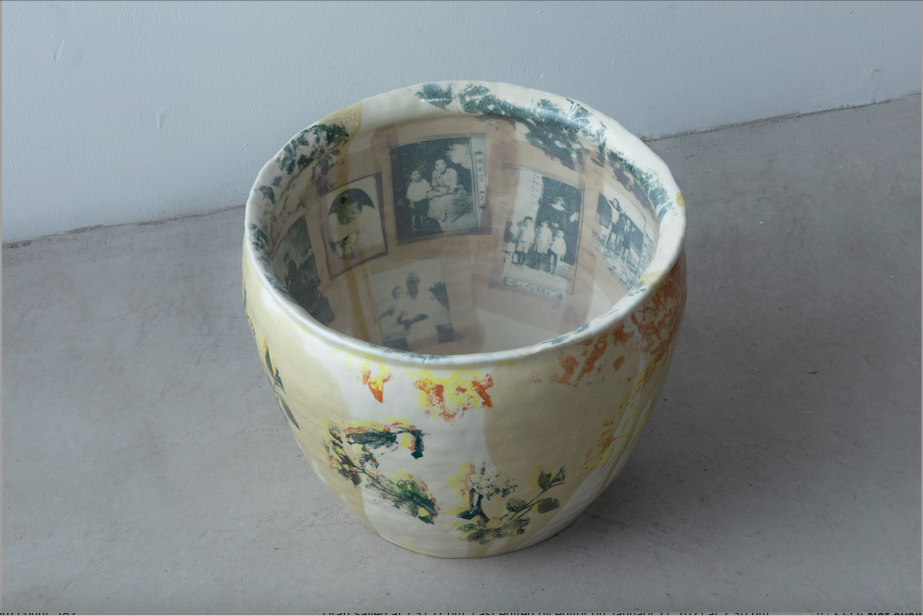
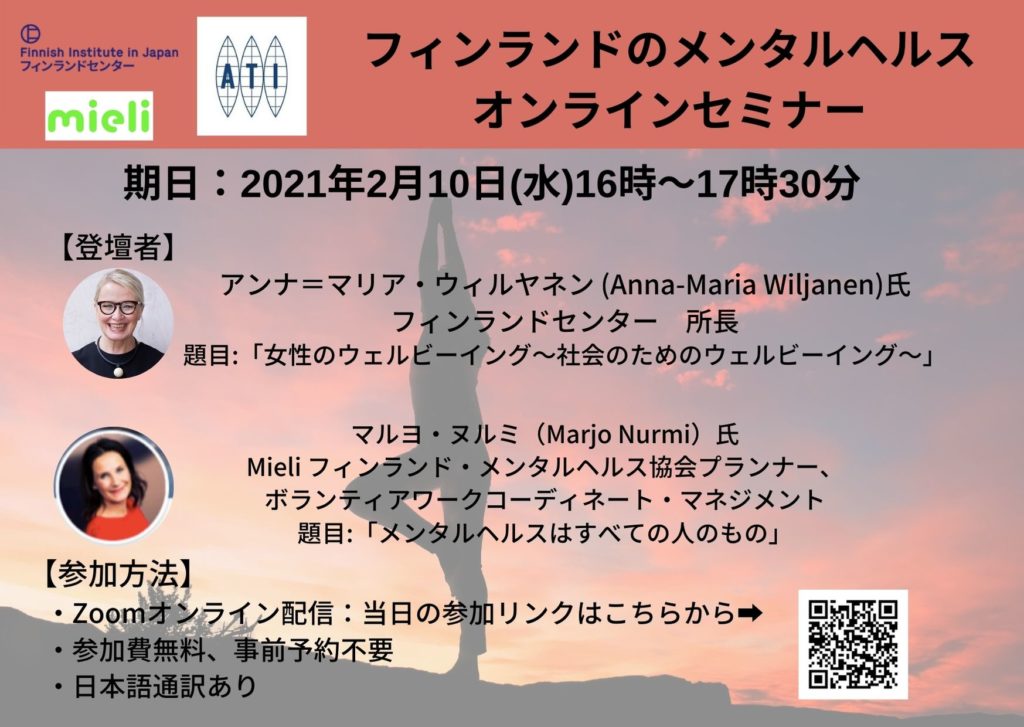
Recent Comments